- Get link
- X
- Other Apps
Featured Post
- Get link
- X
- Other Apps
The Google Pixel 5 is the latest flagship from Google, and the successor to 2019’s Google Pixel 4. But the new phone isn’t as much of an upgrade as you might expect – in fact, it's arguably not an upgrade at all, as the chipset is mid-range and the price is temptingly low.
As such, you might be wondering whether it’s better to just pick up a Pixel 4 instead, or if it’s worth upgrading from the Pixel 4 to the Pixel 5. To help you answer those questions we’ve compared the two phones based on their core specs and features and – in the case of the Pixel 4 – our hands-on experiences.
So read on to see how the new Google Pixel 5 stacks up against the older Google Pixel 4 in all the areas that matter – from the screen to the camera, and the all-important price.
Design
From the back the Google Pixel 4 and Google Pixel 5 look quite similar. They both have a square camera block in the top-left corner and a Google logo near the bottom, and are otherwise near featureless single-color slabs.
However there are two key differences. Firstly, the Pixel 5 has a fingerprint scanner on the rear, whereas the Pixel 4 doesn’t have a fingerprint scanner at all. The other big difference is that while the Pixel 4’s back is made of glass, Google has gone with the unusual choice of using aluminum for the Pixel 5.
The colors of the back also differ – the Pixel 4 comes in black, white, and orange shades, while the Pixel 5 is available in a choice of green or black.
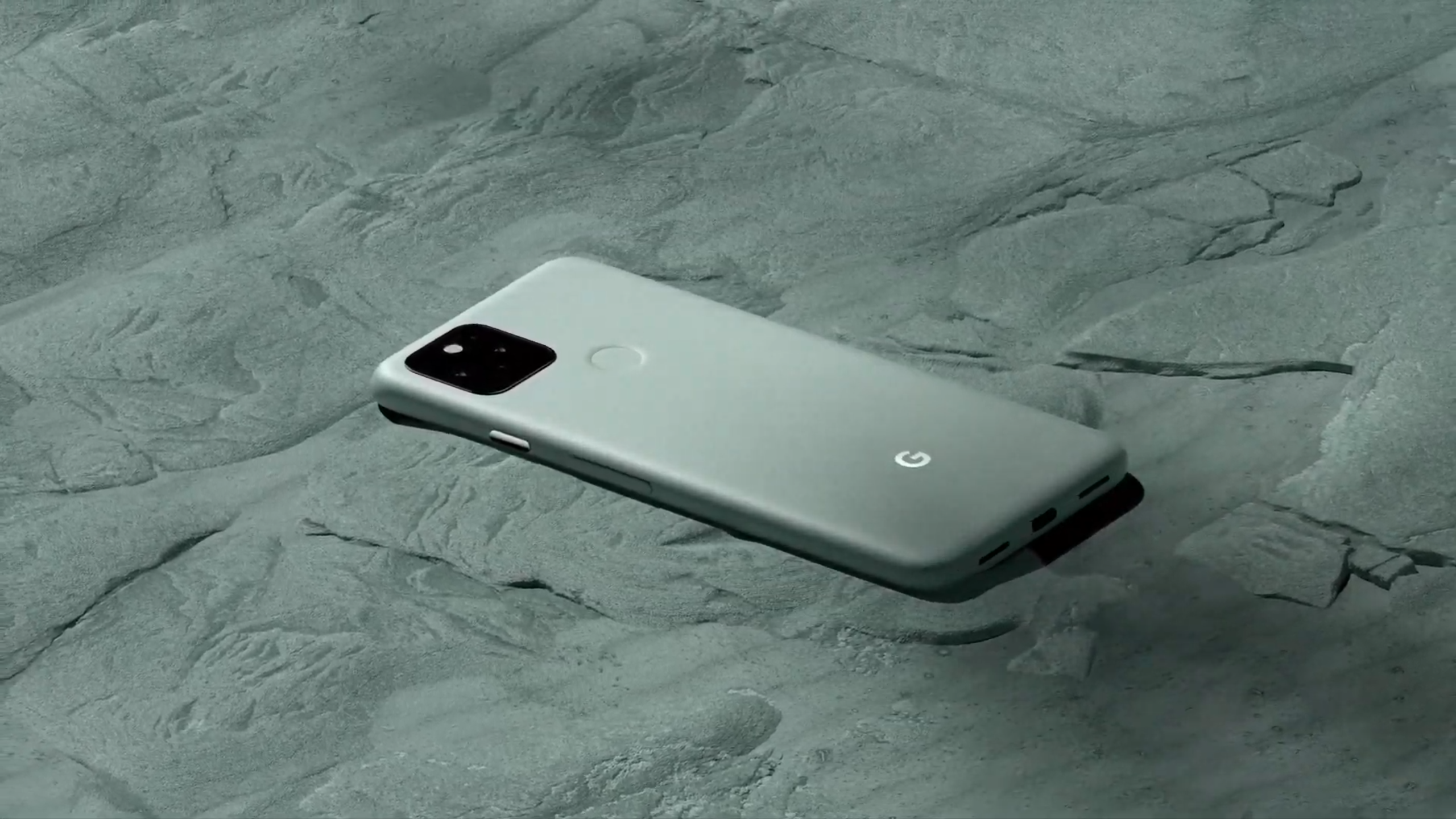
From the front these phones look quite a lot different, as while the Google Pixel 4 has a large bezel above the screen, which houses its front-facing camera, the Google Pixel 5 has a more modern (and Pixel 4a-like) punch-hole camera and minimal bezel. However, one thing you get with both phones is water and dust resistance.
As for dimensions and weight, the Google Pixel 5 comes in at 144.7 x 70.4 x 8mm and 151g, while the Pixel 4 is 147.1 x 68.8 x 8.2mm and 162g, so they’re very similar in size, but the Pixel 5 is a little shorter, wider, thinner and lighter.
Screen
The Pixel 5 has a bigger screen than the Pixel 4: it’s a 6-inch 1080 x 2340 OLED display, with 432 pixels per inch and a 90Hz refresh rate.
The Google Pixel 4, meanwhile, has a 5.7-inch one with a marginally lower resolution of 1080 x 2280 and 444 pixels per inch. It’s still OLED though, and also has a 90Hz refresh rate, so interactions should feel just as smooth.
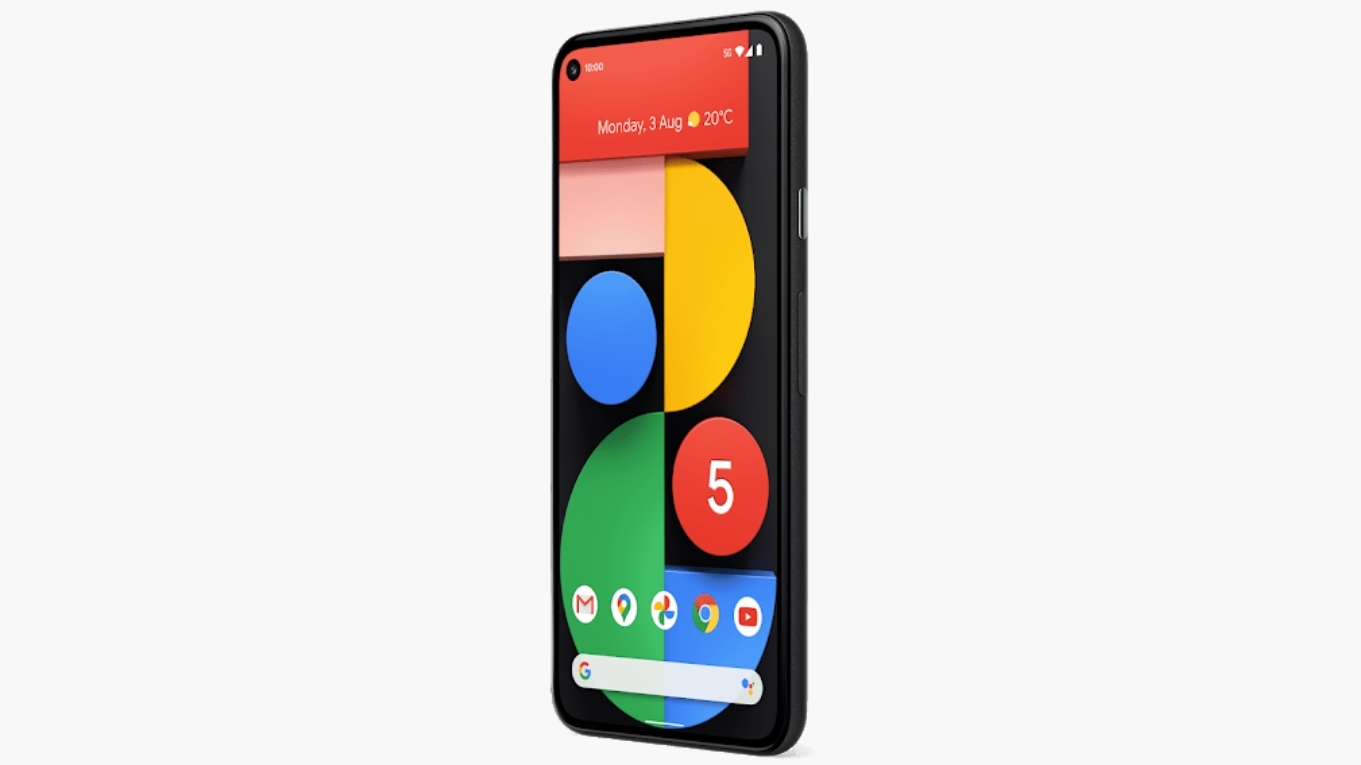
Really on paper then there’s minimal difference between these two screens – the Pixel 5’s is a little bigger, but that’s about all. Of course, it might perform better in practice, but we won’t know that until we’ve put the phone through our testing process.
For what it’s worth, we were reasonably impressed with the Pixel 4’s screen, calling it “bright and colorful” in our review.
Camera
As with the screen, there’s not a huge amount of difference between the cameras on these two phones, at least on paper.
They both have a dual-lens camera with a 12.2MP f/1.7 main snapper, although while the Pixel 4 has a 16MP f/2.4 telephoto camera (with 2x optical zoom), the Pixel 5 swaps it for a 16MP f/2.2 ultra-wide one. Both phones have an 8MP camera on the front.
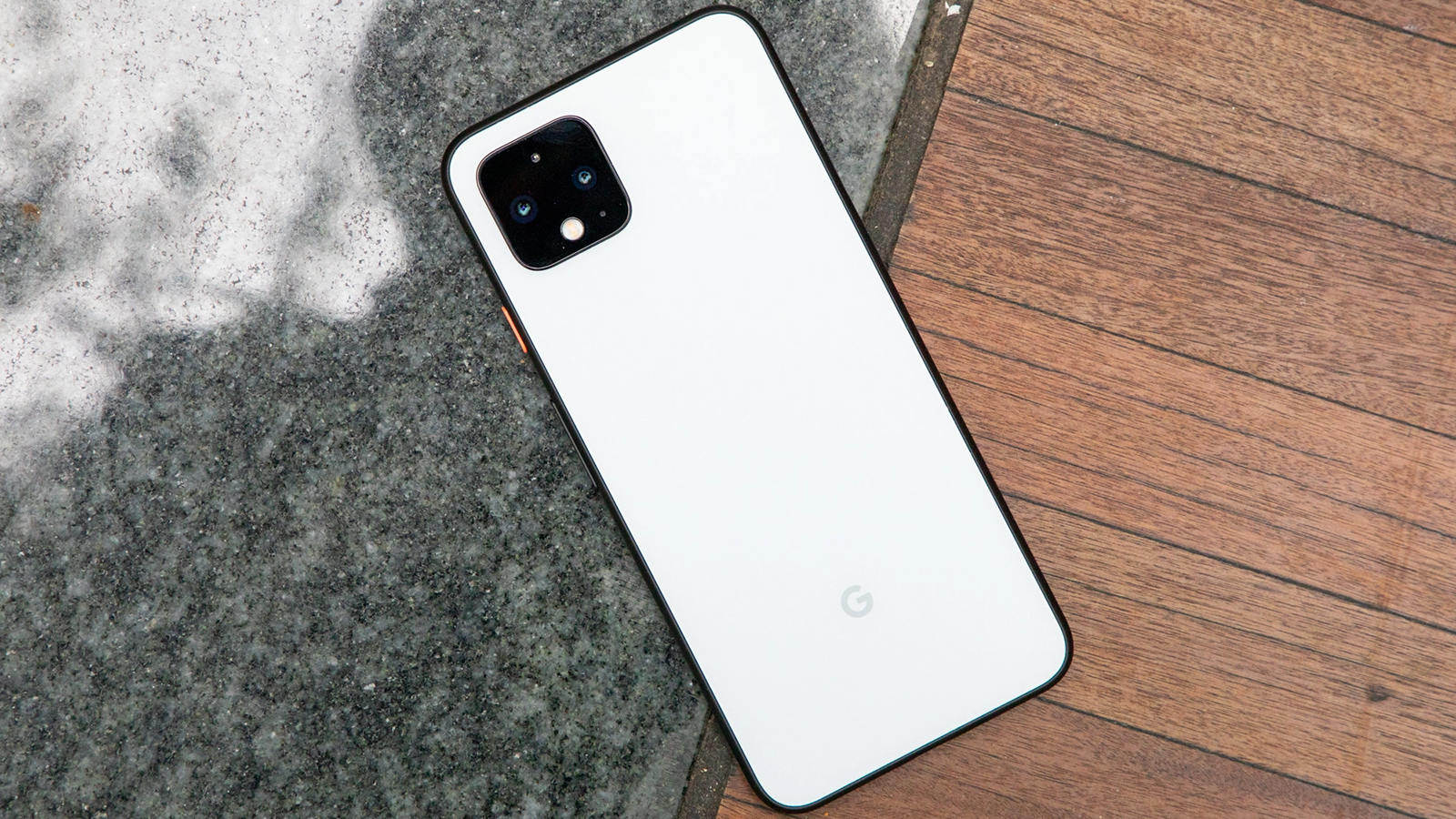
The fact that the Pixel 5 has the same main camera isn;t necessarily a bad thing, as the Google Pixel 4’s snapper is excellent – in our review we called it “great” and we found that it performed well even in low light.
But we were also fond of the telephoto camera, so whether the change to an ultra-wide on the Pixel 5 will prove the right decision remains to be seen.
Battery life
One big upgrade in the Google Pixel 5 is its battery, as the phone has a 4,080mAh cell, while the Pixel 4’s comes in at just 2,800mAh.
Whether that will lead to much better life from the Pixel 5 remains to be seen – while Google claims that both phones offer “all-day” life, in our Pixel 4 review we found that the phone had “frustratingly short” battery life, with the phone often failing to make it through a full day.
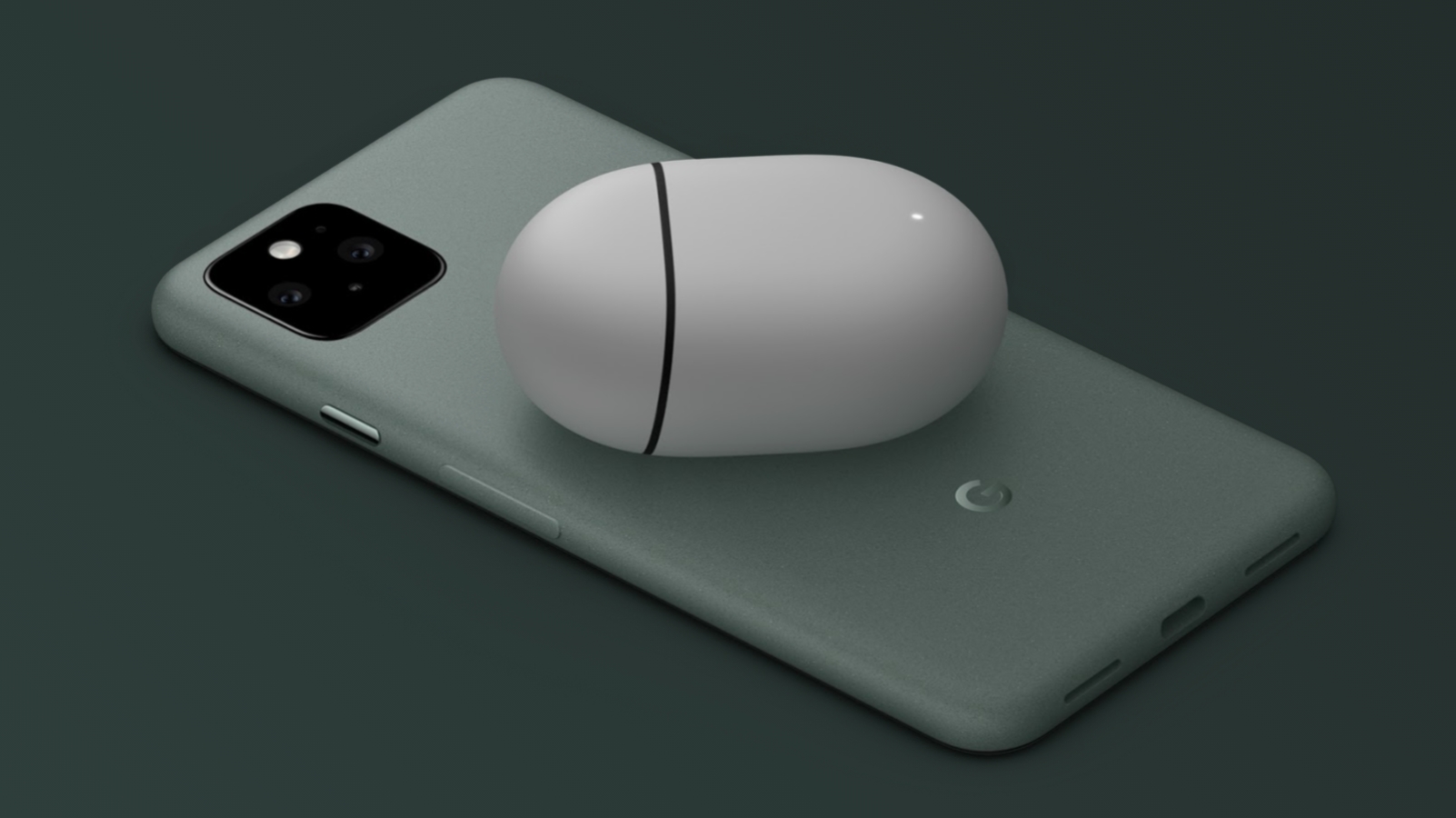
So we certainly hope the larger capacity translates into a significantly longer lifespan. It’s likely to have done, but we’ll let you know for sure once we’ve fully reviewed the Pixel 5.
Both phones support 18W fast charging, and both support wireless charging.
Specs and features
The Google Pixel 5 has an upper mid-range Snapdragon 765G chipset, 8GB of RAM, and 128GB of storage. While those specs are reasonable, the processor isn't a match for the likes of the Snapdragon 865 and Snapdragon 865 Plus, found in phones such as the OnePlus 8 Pro and Samsung Galaxy Note 20 Ultra.
In fact, it’s debatable whether the Pixel 5’s chipset is even an upgrade on the Pixel 4’s, which is the Snapdragon 855. That’s an older chipset, but it was high-end at launch. However, it’s paired with just 6GB of RAM in the Pixel 4, along with either 64GB or 128GB of storage. It’s also worth noting that while the Google Pixel 5 supports 5G, the Pixel 4 doesn’t.
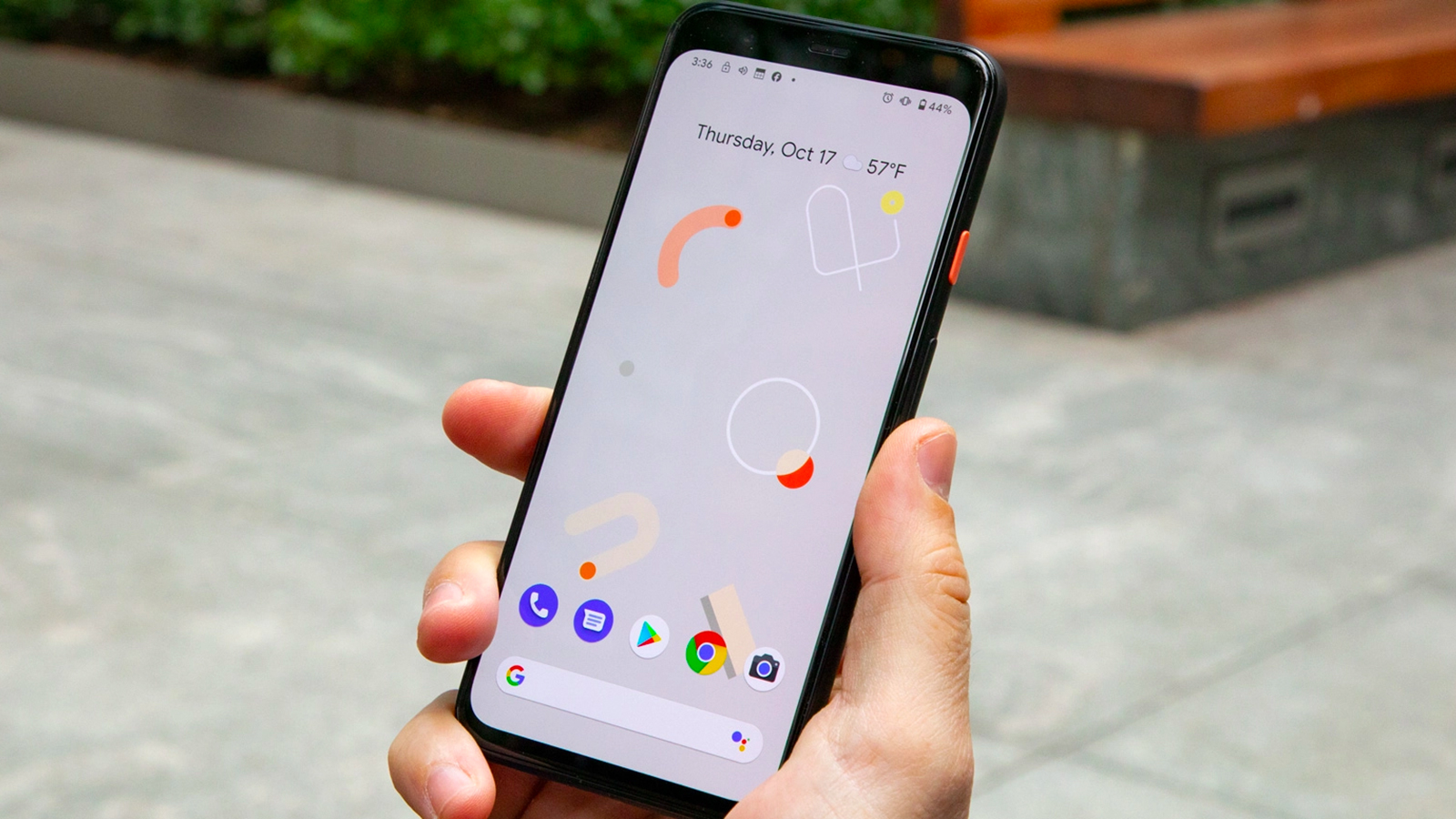
In terms of software, both phones run Android 11 – although while the Pixel 5 runs it out of the box, the Pixel 4 launched with Android 10 and will probably stop getting updates before the Pixel 5 does.
As for features, one of the biggest features on the Pixel 4 was Motion Sense. This allows the phone to detect when you’re near it and automatically turn the screen on. It also allows you to perform air gestures above the screen, so you can interact with your handset without touching it.
However, we found that its usefulness was limited, and that it was a big battery drain, so it’s perhaps unsurprising that Google has ditched the feature for the Pixel 5.
One thing you do get on the Google Pixel 5, though, is a fingerprint scanner. This is located on the back of the phone, and it’s something the Pixel 4 doesn’t have at all – it’s instead reliant on facial recognition.
Price and availability
The Google Pixel 5 costs $699 / £599 / AU$1,079. It’s not yet available to buy at the time of writing, but you can pre-order it now, and it’s landing on October 15.
The Google Pixel 4 has of course been on sale for a while, and starts at $799 / £669 / AU$1,049 for 64GB of storage, rising to $899 / £769 / AU$1,199 for 128GB.
So the Pixel 5 is actually cheaper than its predecessor, thanks presumably to its lesser chipset – though of course the Pixel 4 is likely to start being heavily discounted now that the Pixel 5 has landed, so you may well be able to find the older phone for less than the new one.
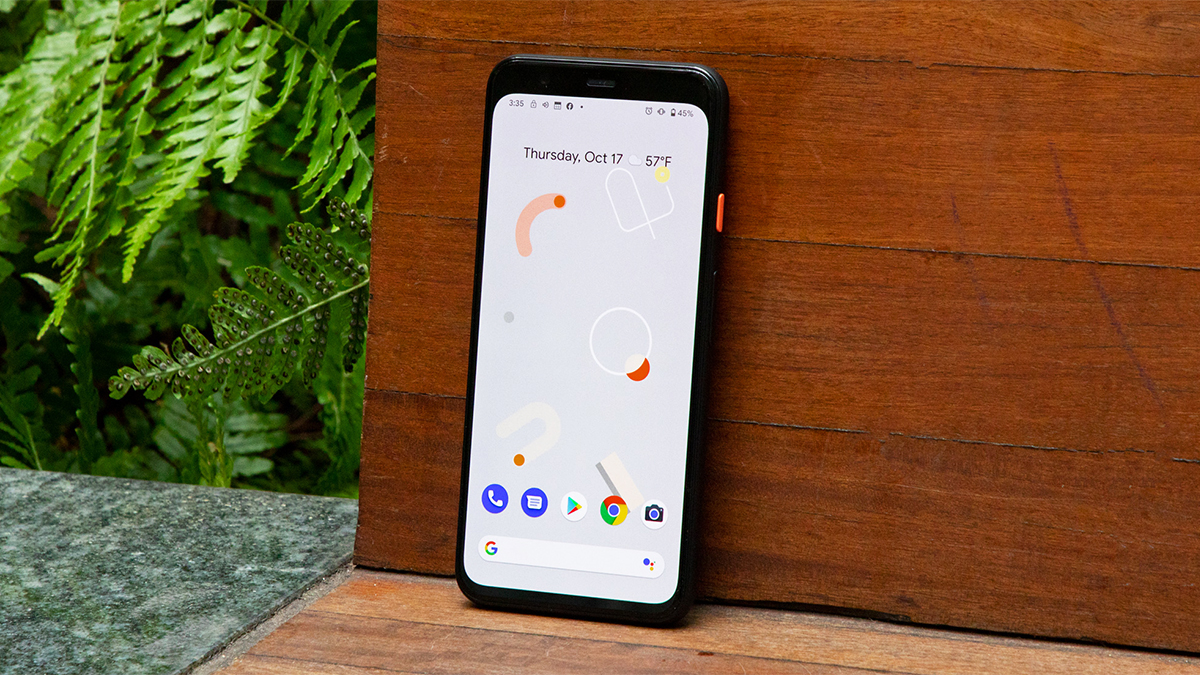
Takeaway
Based on first impressions the Google Pixel 5 is a bit of an oddity – it’s a clear upgrade on the Pixel 4 in some ways, offering a bigger battery, 5G, more RAM and a larger screen.
But the chipset is arguably a downgrade, and some other aspects are either much the same or different without necessarily being better, such as the change from a telephoto lens to an ultra-wide one.
The phone is priced accordingly, but as a successor to the Pixel 4 it might disappoint people hoping for a 2020 Google flagship. We’ll have to put it through a full review to know for sure though – and the lower price may end up giving the phone more mainstream appeal than its predecessor.
from TechRadar - All the latest technology news https://ift.tt/2SrGnTn
Comments
Post a Comment